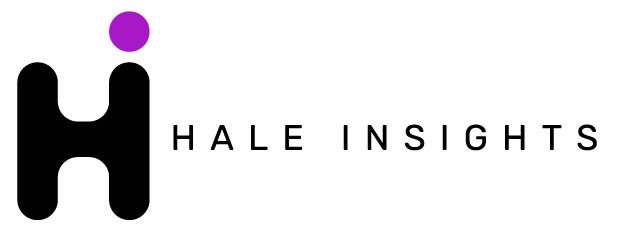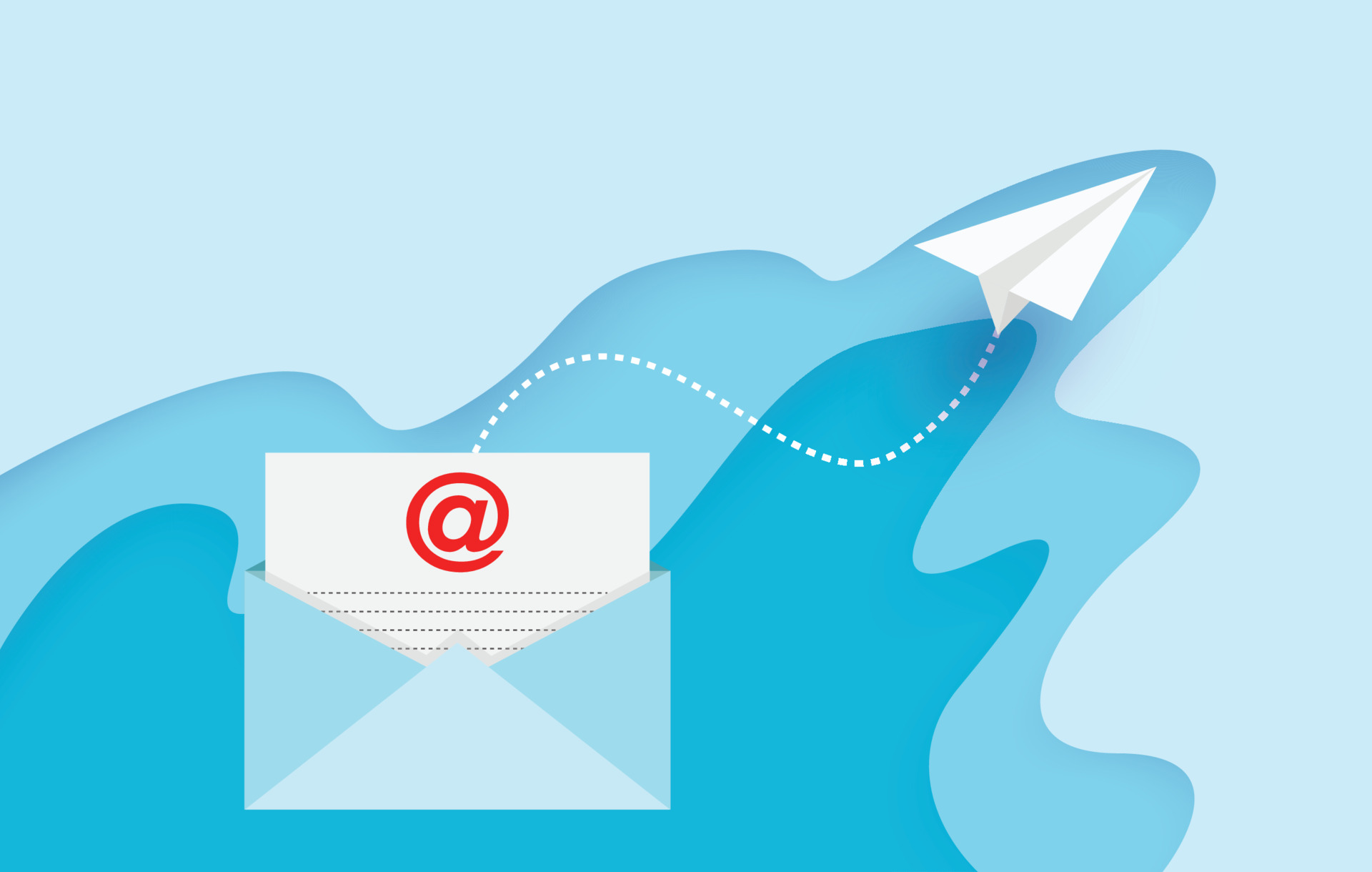You write an enticing sales email, but it has yet to get a response. What should you do? Leave that lead on the table? Well, you don’t have to. Maybe your email got lost in their inbox, your recipient was too busy to reply, or you needed to be convinced the first time enough. This is where the follow-up email comes in, and it may be the prompt your recipient needs to take action.
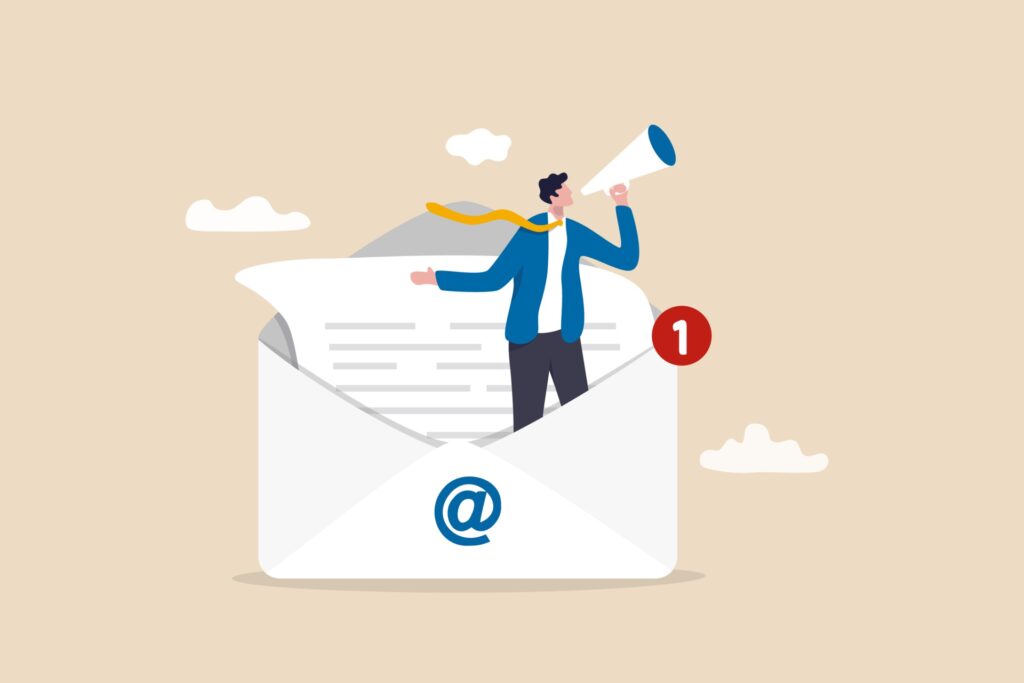
Your Follow-up Email may be the prompt your recipient needs to take action.
Studies show that 80% of sales need 5 – 12 exchanges to convert. In contrast, around 45% of sales reps give up after just one try. Take matters into your own hands by using a follow-up email as your second chance. Here, we will explain the steps to write a follow-up email deserving of a positive response.
- Keep it brief: A follow-up email should be concise and to the point. Avoid repeating the same information from your previous email. Use a clear subject line: Use a clear and specific subject line that reminds the recipient of your last email and the reason for your follow-up. Repeating the same information from your previous email in a follow-up message can be considered redundant and unprofessional. It suggests that the recipient needed to read or understand your last email, which can create confusion and frustration. Instead, you should use the follow-up email to provide additional information or address any concerns the recipient may have.
- It’s important to remember that people are often busy, and receiving the same information multiple times can be annoying and make them less likely to respond to your follow-up email. By providing new information or addressing any concerns that the recipient may have, you are more likely to get a response and move the conversation forward. By keeping your follow-up email brief and to the point, you show that you respect the recipient’s time and are an efficient communicator.
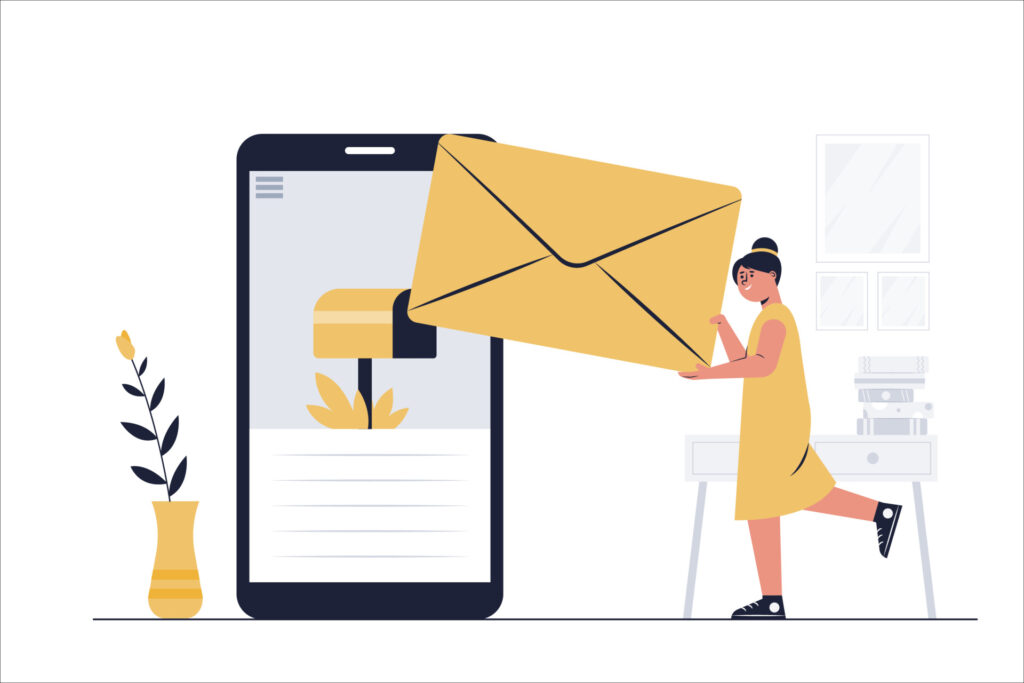
Being polite and respectful in a follow-up email builds trust, establishes relationships, and increases the likelihood of getting a response.
- Be polite and respectful: Use a courteous and respectful tone in your follow-up email, and avoid being pushy or demanding. Using a polite and respectful q tone in your follow-up email is essential because it shows that you value the recipient’s time and consider their needs. A courteous and respectful manner can help establish trust and build a positive relationship with the recipient, which can benefit both personally and professionally.
- Using a respectful tone can help to avoid any misunderstandings or misinterpretations that may occur in your communication. It can also help to de-escalate any potential conflicts or frustrations that may have arisen from a lack of response.
- A polite and respectful tone can also help to put the recipient at ease, making them more likely to respond positively to your follow-up email. It also indicates that you take responsibility for your communication and are willing to understand their perspective.
- Provide a reminder: Provide a reminder of the purpose of your previous email and the reason for your follow-up. Providing a reminder of the purpose of your previous email and the reason for your follow-up is vital because it helps to refresh the recipient’s memory and to ensure that they understand the context of your communication. It also shows that you are organized and professional in your communication, which can help to establish trust and credibility with the recipient.
- A reminder of the purpose of your previous email and the reason for your follow-up can help ensure that the recipient understands the importance and urgency of the matter.
- Your follow-up can also help to avoid any confusion or misunderstandings that may have arisen from a lack of response. It can also ensure that your follow-up email is relevant and targeted and increase the likelihood of getting a response.
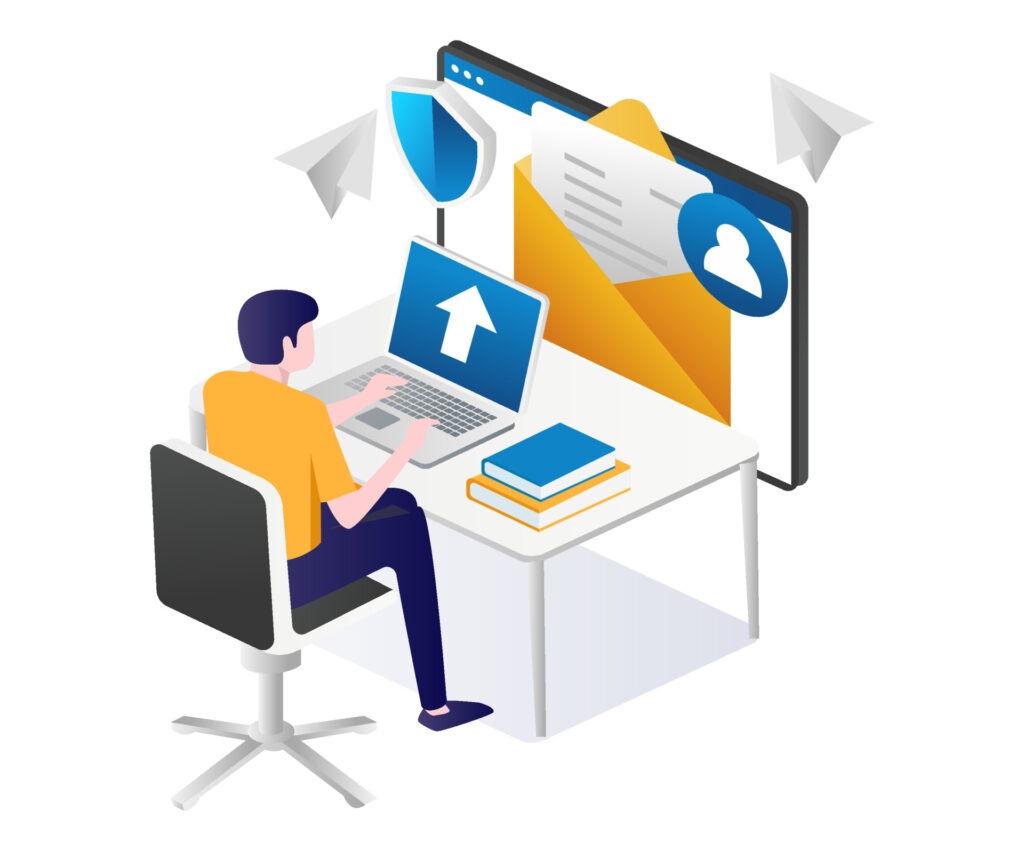
Establishing a positive and collaborative relationship with the recipient by Offering assistance
- Offer assistance: Offer to provide additional information or assistance that may help address the recipient’s concerns. Offering to give more information or assistance that may help address the recipient’s concerns is important because it shows that you are willing to go above and beyond to help the recipient and that you are invested in finding a solution to their concerns. It also demonstrates that you are responsive and proactive, which can help to build trust and credibility with the recipient.
- Offering to provide additional information or assistance can help address any concerns or obstacles the recipient may have that are preventing them from responding to your previous email. It also helps to ensure that the recipient has all the information they need to decide or take action, which speeds up the process and increases the likelihood of getting a response.
- Additional information or assistance can indicate that you understand the recipient’s perspective and concerns and are willing to work with them to find a solution. This approach can help establish a positive and collaborative relationship with the recipient, which can benefit both personal and professional contexts.

Including a CTA in a follow-up email allows them to engage with you further and learn more about your product or service.
- Provide a call to action: Include a call to action, such as asking the recipient to schedule a meeting or phone call or to let you know if they have any questions. Including a call to action in a sales email is important because it gives the recipient a clear next step and a sense of direction. It also shows that you are confident in your product or service and willing to take the initiative to move the conversation forward.
- Including a call to action in a sales email helps to increase the likelihood of getting a response and helps move the conversation toward closing a sale. By asking the recipient to schedule a meeting or phone call or to let you know if they have any questions, you are allowing them to engage with you further and learn more about your product or service.
- A call to action in a sales email can also help qualify leads by identifying genuinely interested individuals in your product or service. Understanding which leads are quality can help you prioritize your follow-up efforts and focus on the most promising leads, increasing your chances of closing a sale.
- End with a thank you: Ending your follow-up email with a thank you for their time and consideration is important because it shows that you are grateful for the recipient’s attention and that you value their time. It also helps to maintain a positive and professional tone in your communication.
- Ending your follow-up email with a thank you can help to leave a good impression on the recipient and to establish a positive relationship with them. Building good relationships is particularly important in sales, where relationships with potential customers are key to closing deals.
- By expressing your gratitude, you also show humility and understand that the recipient is busy and could have other higher-priority tasks.
- Ending your follow-up email with a thank you for your time and consideration can help to maintain a positive and professional tone, leave a good impression, establish positive relationships, and increase the likelihood of getting a response.

Always Send a Follow-Up Email After No Response
Understanding why you have not received a response to your email is crucial to adjust your approach accordingly. This helps ensure that your follow-up email is relevant and targeted and increases the likelihood of getting a response. It can also help to avoid any misunderstandings or misinterpretations that may have arisen from a lack of response. Furthermore, understanding why you have yet to receive a response can also help you respect the recipient’s time and not send multiple follow-up emails in a short time.
By taking the time to understand why you have yet to receive a response, you are showing that you are responsible and respectful in your communication, which can help to establish trust and credibility with the recipient. In short, understanding why you have yet to receive a response and adjusting your approach accordingly can help you to be more effective in your communication and to achieve your desired outcome.
